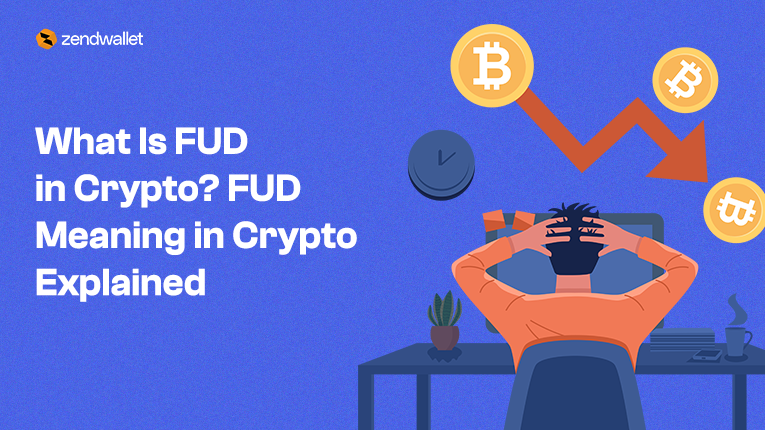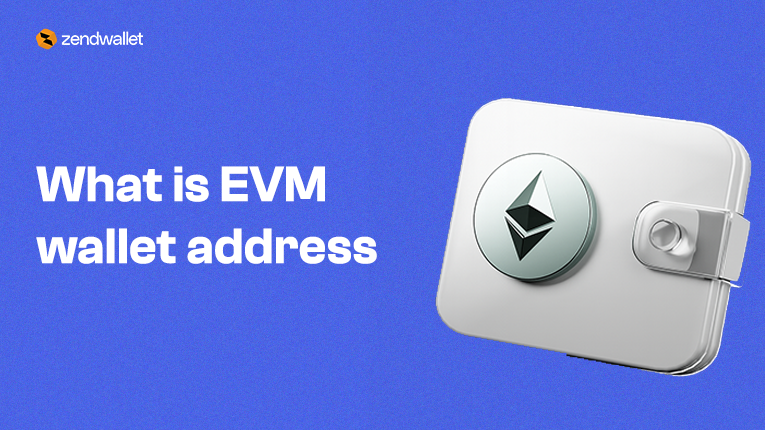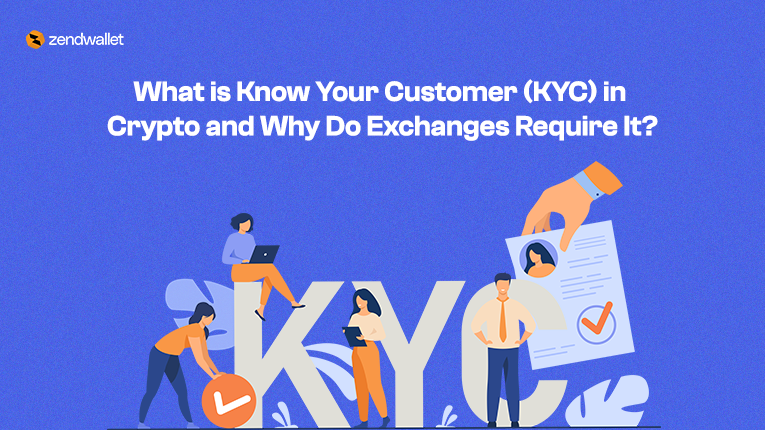Bitcoin confirmation is the process by which a transaction is verified and added to the blockchain. A Bitcoin transaction usually takes around 10 minutes to get its first confirmation.
However, this is only an average. In practice, confirmation times vary depending on network congestion, transaction fees, and mempool activity.
In some cases, it can take several hours or even longer for a transaction to be confirmed.
For example, in April 2021, network usage on the Bitcoin blockchain surged.
The average transaction fee climbed to $59, and many users who paid lower fees waited over 24 hours before their transactions were confirmed.
What Is Bitcoin Verification?
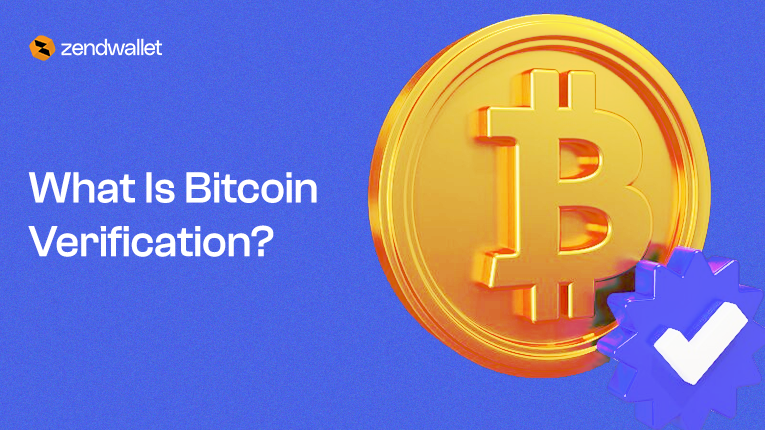
When you send a Bitcoin transaction, it doesn’t immediately go into a block. It first enters the mempool, which acts as a digital queue where unconfirmed transactions wait to be picked up by miners.
A transaction is verified when a miner includes it in a new block on the blockchain.
After the initial inclusion, each new block that is added counts as an additional confirmation. These confirmations reduce the risk of the transaction being reversed.
For reference:
• One confirmation is generally acceptable for small payments.
• Three confirmations are commonly required by exchanges .
• Six confirmations are considered fully secure for large-value transfers.
Take Binance, for example. It requires one confirmation for Bitcoin deposits and two for withdrawals.
Zendwallet, on the other hand, requires three confirmations before crediting a Bitcoin deposit.
If you’re transferring a large amount of Bitcoin such as five BTC, which is worth over six hundred thousand dollars, most platforms will wait for at least six confirmations.
Under normal network conditions, this process takes around one hour.
What Is a Bitcoin Mempool?
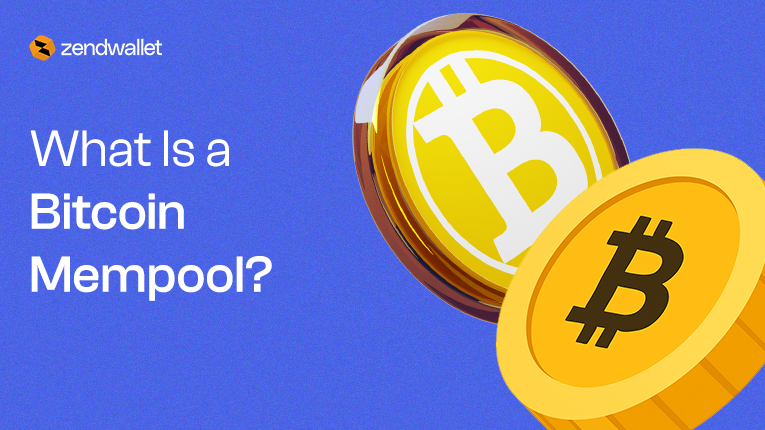
When you send a Bitcoin transaction, it first goes to the mempool.
The mempool is like a digital waiting room, where pending transactions stay until miners add them to the blockchain.
Each node on the network maintains its own version of the mempool.
Transactions in the mempool are cleared every time a new block is added.
However, miners prioritize transactions with higher fees. Transactions with lower fees may be delayed or even ignored until congestion decreases.
What determines how fast a Bitcoin transaction is confirmed?
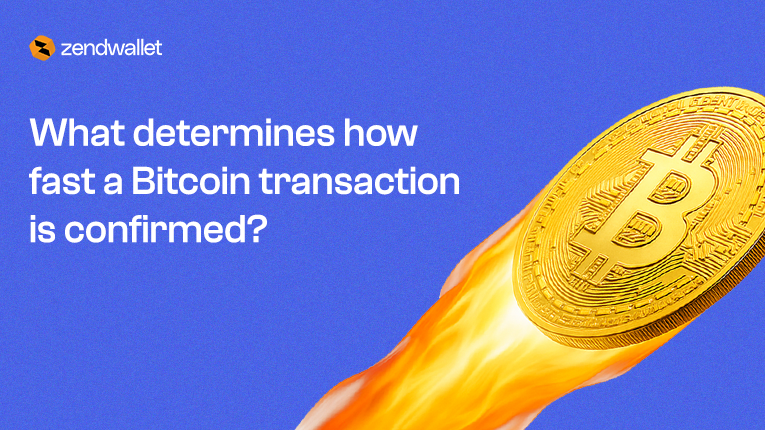
There are two major factors that influence how quickly your Bitcoin transaction is confirmed:
Transaction fee: The higher the fee you attach, the faster your transaction is likely to be picked by miners.
Network activity: When the Bitcoin network is congested with many pending transactions, confirmation times tend to be slower.
Bitcoin blocks are limited in size. Only about 1MB of transaction data can be included in each block. This means only a certain number of transactions can be confirmed every 10 minutes.
When demand is high, transactions compete for space, and those with higher fees are given priority.
How can you check your Bitcoin Transaction Time?
If you want to check the progress of your Bitcoin transaction, use a blockchain explorer like:
CoinMarketCap’s blockchain explorer
All you need is your transaction ID (also called a transaction hash). Paste it into the explorer and you’ll see how many confirmations your transaction has received, what fee was attached, and where it currently sits in the mempool if it’s still unconfirmed.
If your transaction remains unconfirmed for an extended period, it could be because the network is congested or the fee you attached was too low.
How can you speed up a Bitcoin transaction?
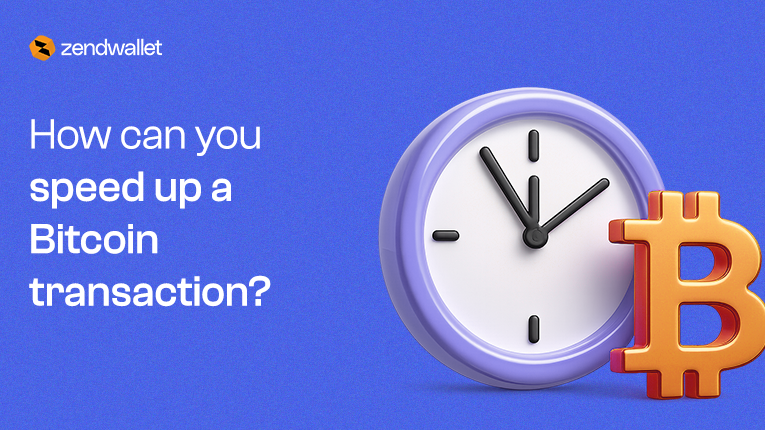
There are several practical ways to improve the speed of your Bitcoin transaction:
- Use Replace by Fee (RBF): This allows you to resend your transaction with a higher fee. You must enable RBF when you first send the transaction.
- Time your transfer: Send during off-peak hours. Weekends or early mornings in the United States often see less network activity.
- Use a wallet with smart fee selection: Some wallets automatically calculate a competitive fee based on current network demand.
- Choose a faster layer: Solutions like the Lightning Network allow for instant Bitcoin transfers off-chain, which can be later settled on the main blockchain.
ZendWallet is the best crypto exchange and a user-friendly app built for the realities of the Bitcoin network. Regardless of if the market is steady or overloaded with activity, ZendWallet keeps you moving.
We understand how frustrating it is to wait for hours while your Bitcoin transaction sits in the mempool.
That is why we built Boost Transaction Priority, a feature that lets you instantly raise your transaction fee after sending.
It uses Bitcoin’s Replace by Fee mechanism, allowing you to speed up your confirmation with a single tap.
Why was 10 minutes picked as the Block Time?
Satoshi Nakamoto, the creator of Bitcoin, chose 10 minutes as the target block time because it was long enough to give the network time to propagate the new block, but not so long that the network felt sluggish.
If blocks were created every minute, the risk of two miners solving the same block at the same time (known as a fork) would increase.
Ten minutes strikes a balance between speed and stability.
What happens when there are too many Bitcoin transactions?
When too many transactions are sent to the Bitcoin network at once, they go into something called the mempool, short for memory pool. This is where unconfirmed transactions are stored temporarily.
Each full node on the Bitcoin network keeps its own mempool and shares data with others. Transactions sit in the mempool until they are picked by a miner and included in a block.
Here’s the important part: miners pick transactions based on how much a fee is attached.
If you attach a high enough fee, your transaction jumps to the front of the line. If your fee is too low, your transaction can remain in the mempool for a very long time.
In April 2021, for example, the average Bitcoin transaction fee spiked to over 59 dollars because the mempool was so full.
Users had to outbid each other just to get their transactions confirmed.
How many Bitcoin confirmations are needed for Bitcoin Transaction?
One confirmation means your transaction has been included in one block.
Most wallets and services consider a transaction with one confirmation as pending but visible.
After each additional block, your transaction becomes more secure.
Different services have different rules:
Binance requires 1 confirmation for BTC deposits and 2 confirmations for withdrawals.
Some exchanges like Zendwallet require 3 confirmations before a Bitcoin deposit is considered final.
Some institutions dealing with large amounts of Bitcoin may require up to 6 confirmations.
Because blocks are produced approximately every 10 minutes, six confirmations may take about an hour in total.
Will Bitcoin transactions get faster in the future?
Developers are working on it. Projects like the Lightning Network offer a promising path forward.
By creating an additional layer on top of the Bitcoin blockchain, they enable microtransactions that are almost instant and extremely cheap.
While not yet perfect, these innovations are helping Bitcoin evolve beyond the current limitations of its block size and speed.
For now, the best way to avoid delays is to use a wallet that gives you both choice and speed. Zendwallet does exactly that.
Bitcoin is moving. But you do not have to wait.
Switch to ZendWallet and move your Bitcoin without the slowdowns.
Also Read: How to Speed Up (Accelerate) Bitcoin Transactions and Get Them Confirmed Quickly with Zendwallet

